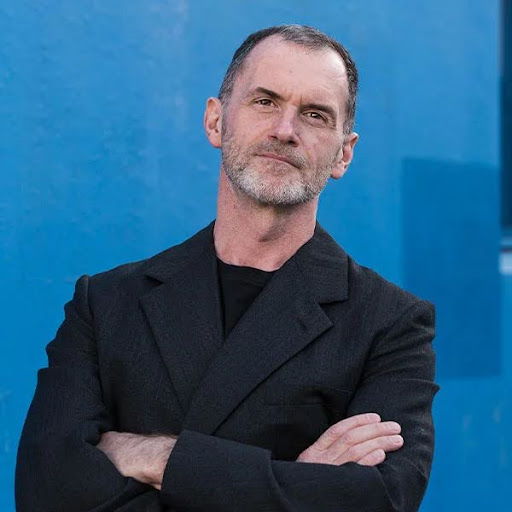Journalist Spotlight | Interview with Jason Blake, Digital Editor for Limelight Magazine
Medianet is joined by Jason Blake, Digital Editor of Limelight Magazine. In the interview, Jason delves into the changing landscape of arts writing and his curatorial process in editing Limelight.
 Can you tell me a bit about your initial experience as an Arts Writer and Critic, and what led you to this career?
Can you tell me a bit about your initial experience as an Arts Writer and Critic, and what led you to this career?
My deep background is in theatre. I studied directing at the Victorian College of the Arts and at NIDA but I got my start in publishing as Arts Editor of the (then) weekly Sydney community paper, City Hub, in 1998. I “auditioned” for the role with a movie review and got the gig having never opened a Quark document in my life. Good times.
After a couple of years and some time working for EMAP (subscription TV guides–one of the great tests of fortitude), I joined Fairfax as an online producer, quit to freelance as the Sun-Herald’s stage reviewer and then jumped the fence to become the SMH reviewer in 2009 just as Fairfax was downsizing and outsourcing its arts staff.
That gig lasted until 2017, and after more freelancing, setting up an indie arts platform, and a stint with the Sydney Film Festival as Publications Manager, I joined Limelight as Digital Editor in late 2022.
In what ways have you seen engagement with/discourse around the Australian arts sector and community change?
Speaking as an editor and as a reviewer, I’ve been buoyed by the increased diversity of opinion and the rise of independent platforms. There is now a multiplicity of viewpoints that wasn’t available even 20 years ago.
On the downside, I’ve also observed the withdrawal of metro masthead support for the arts, and their coverage shrink to a token gesture.
What separates arts criticism from arts reviews? What function do you think they play not just for their readers but for the medium of art with which they engage with?
I’ve always thought of myself as a reviewer rather than a critic. There’s some crossover, of course, but in my mind, my job is to share my experience of an event with the readers of the masthead I’m writing for and hold their attention as best I can for a couple of minutes. “Criticism” strikes me as an altogether weightier endeavour.
In an era saturated with streaming and digital content, what drives people to continue watching live performances? How and why do you think the theatre endures/remains relevant?
Theatre is performers and audience sharing the same moment, in the same space. Not my wisdom at all but an idea I cling too. I don’t believe live theatre will ever entirely disappear. It’s our campfire storytelling, it’s hardwired into being human. That said, I’m a mad movie fan and seldom does a day goes by when I don’t watch one.
As Limelight’s Digital Editor, what sets Limelight apart from other arts/performance publications?
Limelight has a strong commitment across music and theatre. It’s very much part of its identity. I manage about 20 reviewers nationally and we cover 30-40 performances per month, 60 percent music, 40 percent theatre. There aren’t many other platforms around that have that kind of national focus or the same breadth of viewpoint.
Can you give me a bit of insight on what your editorial/curatorial process looks like? What pieces/perspectives stand out to you the most?
There are stories you have to write and people you have to interview. There are also the stories that, for varying reasons, “pop” for me as a voracious generalist. But working the digital side in this attention (deficit) economy, I’m always very conscious that I have to earn those few seconds of grace granted by a reader.
Limelight has a heritage in classical music and a loyal readership. But I’ve always got time for those readers–younger ones, mostly–who might drop in for one or two yarns a month. I look for connections between art forms, ways that art speaks to wider issues, the ‘why’ behind something.
And lastly, what do you look for in content pitching?
Brevity and novelty.




